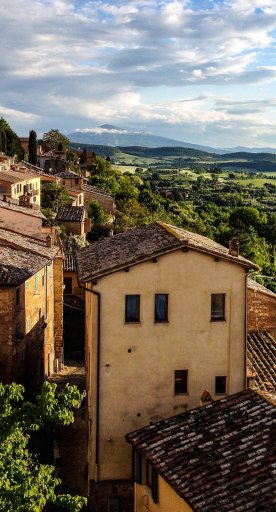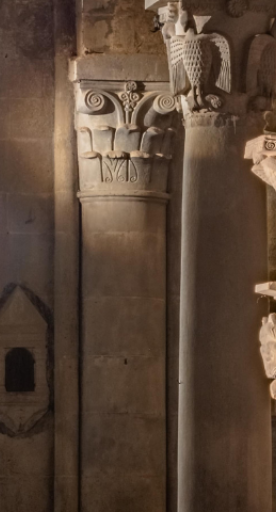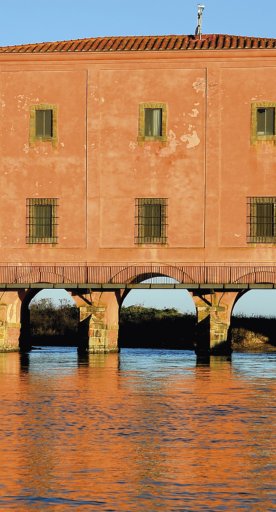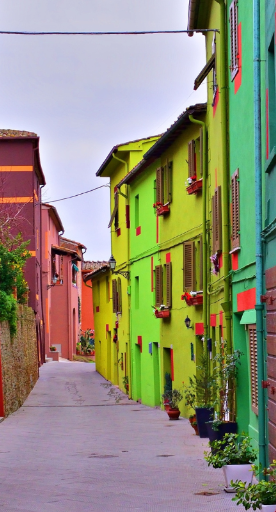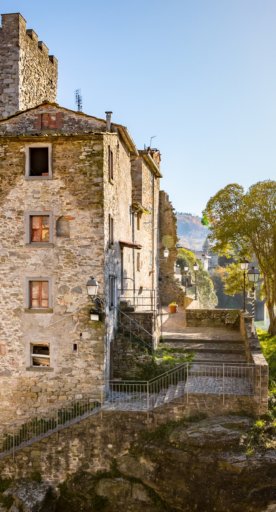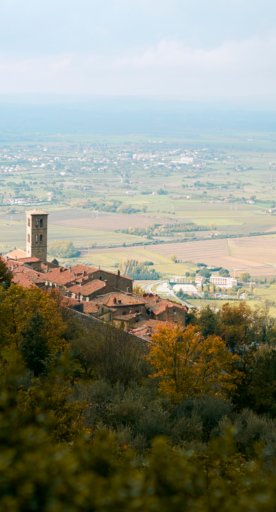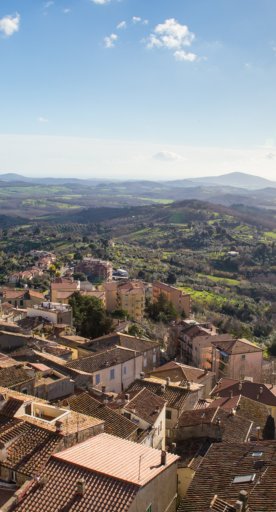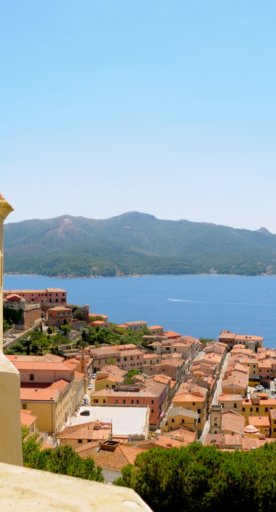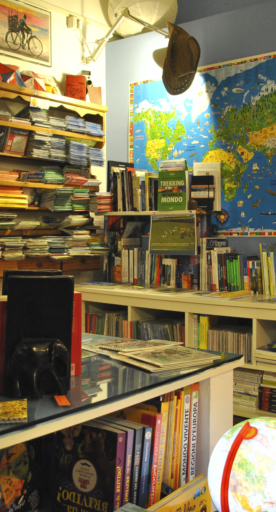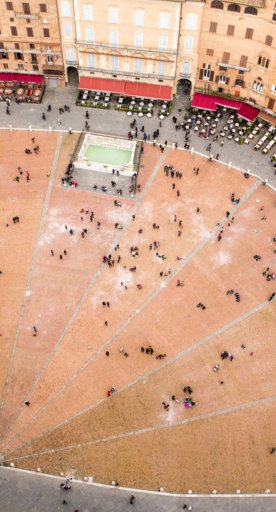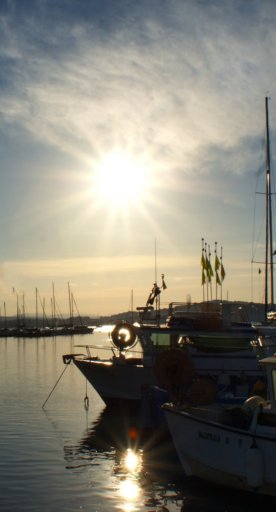Walking through the historic town of Massa
An itinerary between art and history at the foot of the Apuan Alps
Together with Carrara under the Malaspina (1442) then the Cybo Malaspina (1553), the passage marked the urban renewal of the city defined as Massa Cybea, later to reach its definitive character under Elisa Baciocchi, Napoleon’s sister, who with the title of Grand Duchess (1809), had the government of Tuscany annexed to the French Empire.
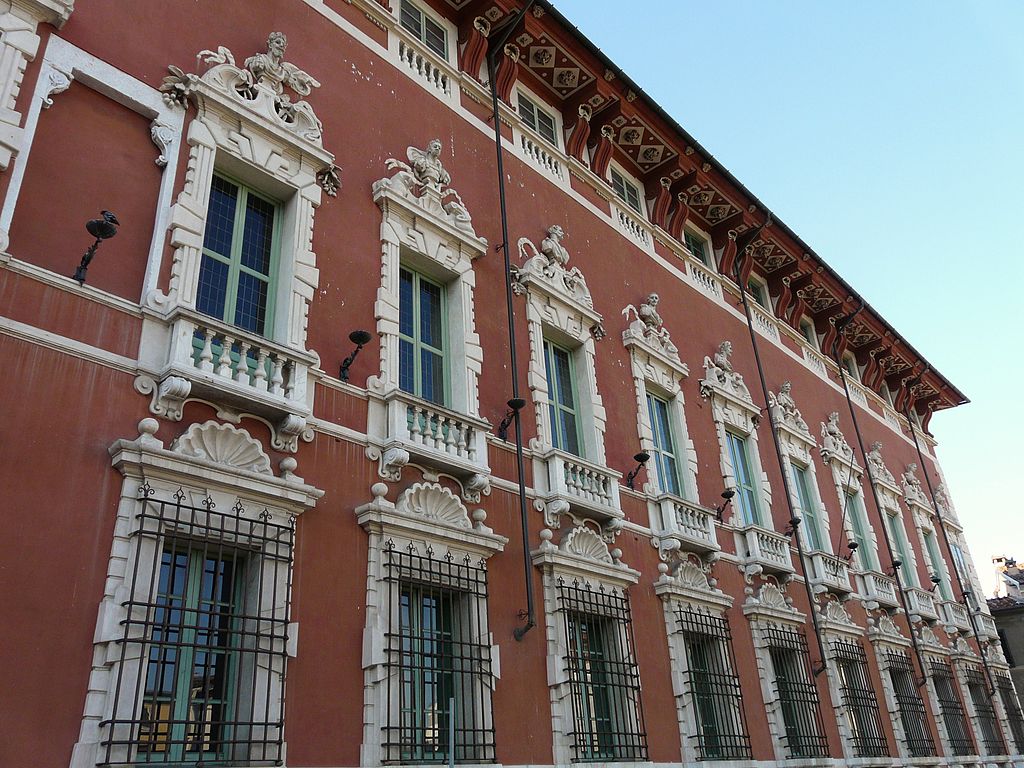
Piazza Aranci is named after a double row of orange (aranci) trees. In the town is a marble monument consisting of an obelisk, at the base of which are 4 statue-fountains depicting lions, erected in 1853 in honor of Francis IV, Duke of Modena, and Francis V, Duke of Modena.
The imposing architectural structure of the Palazzo Ducale dominates the square. This building is commonly called the “Palazzo Rosso” (“Red Palace”) because of the characteristic red background that exalts the white marble and stucco. Subjected to a series of renovations over the centuries, the original core of the Palazzo dates back to 1557. Started by Alberico I Cybo as a court seat, transforming what was the Malaspina’s hunting lodge, the building was completed by his successors between the mid-17ᵗʰ century and 1705 to designs by Giovan Francesco and Alessandro Bergamini.
On Via Alberica, to one side of the Palazzo Ducale, you can visit the Diocesan Museum. The museum is housed inside one of Massa’s most significant historic downtown buildings, the “Palazzino dei Cadetti” built in the late 16ᵗʰ century by Alberico I Cybo Malaspina, before undergoing several transformations until becoming the Palazzo of the first 10 Diocesan Bishops until 1970. Today, you can admire in the rooms works that best represent the artistic and religious history of the area, among them the triptych by painter Bernardino del Castelletto, the treasure of the Cathedral, expressions of popular devotion made by artisans and artists such as Jacopo della Quercia, Felice Palma, Agostino Ghirlanda and Domenico Fiasella.
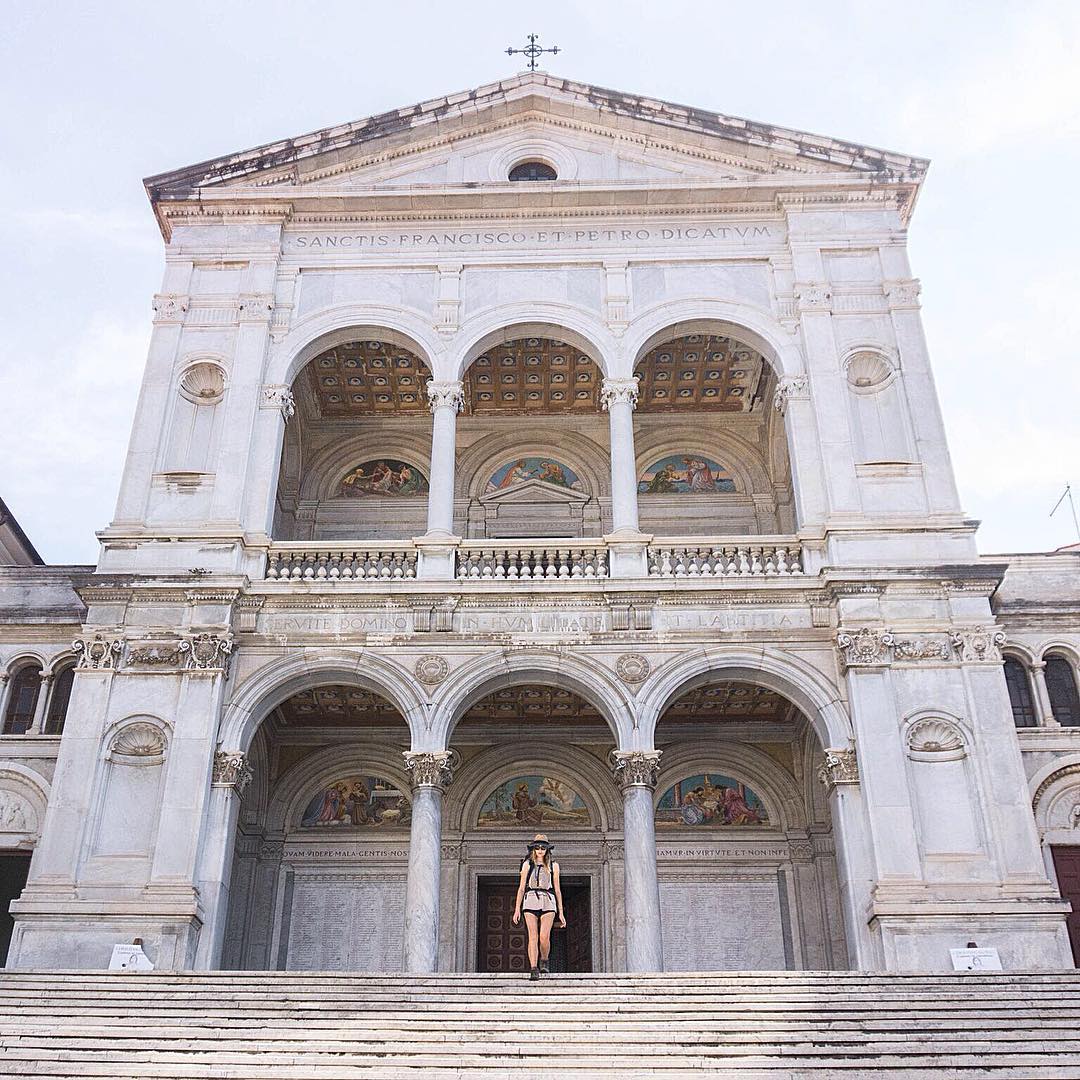
Walking along Via Dante, you reach the Cathedral. The modern façade (1936) of the basilica named after Saint Peter and Saint Francis, was erected as a cathedral in the 19ᵗʰ century. Originally the church of a Franciscan convent, it was built at the behest of Marquis Jacopo Malaspina in the mid-15ᵗʰ century. The temple has a single nave structure and three side altars, with two interesting chapels on the right side, the Stimmate Chapel and the Santissima Sacramento Chapel. A door leads down to the Cybo Malaspina and Bishops’ burial ground, an underground chapel housing the funerary urns of the princes and dukes of Massa.
Near the Cathedral is a small 16ᵗʰ-century marble fountain called “Battì del Barile,” and not far away is the ancient Salvatore Portal.
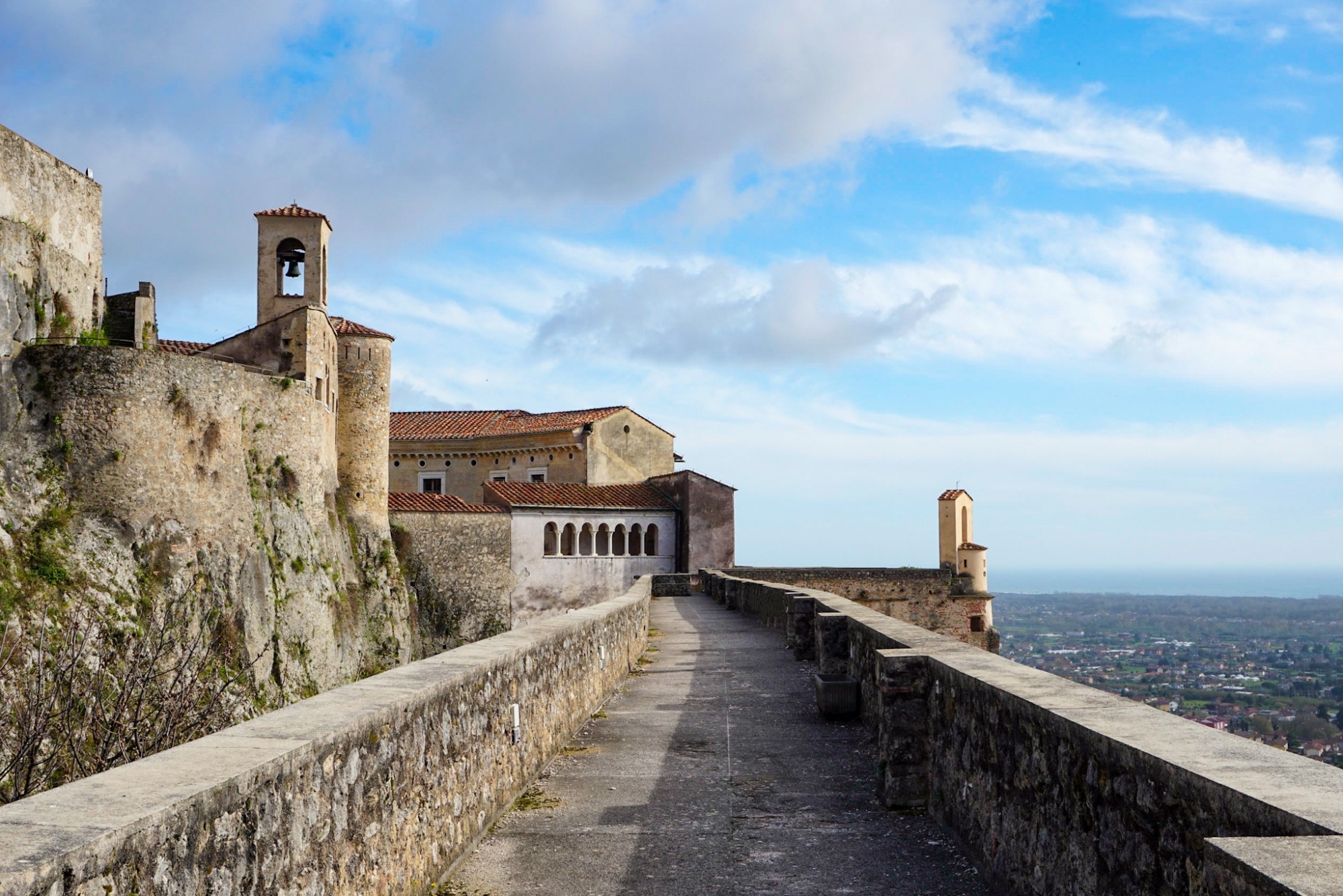
In Piazza Palma, the modern and vast San Sebastiano Church can be glimpsed. Not far away is the Guglielmi Theater, built in 1880 to replace the small theater of the court that had become inadequate for the public. The theater was named after the Massa musician Alessandro Guglielmi. The façade in the central part features three arches forming an arcade and two side wings, with gilded stucco decoration inside, structured across three tiers of boxes and a large upper gallery.
In the southeastern area, at the confluence of 3 roads leading into Viale Chiesa, you reach the Misericordia Church, built in 1629 with its original structure still intact. It features a façade with four columns supporting an archway. Very interesting are the apse and two side chapels.
Finally, strolling along the streets and alleys of the city, gazing up you cannot miss the imposing Malaspina Castle. Just minutes from downtown, this fortress dominates the city and the entire surrounding area.
Start your discovery













